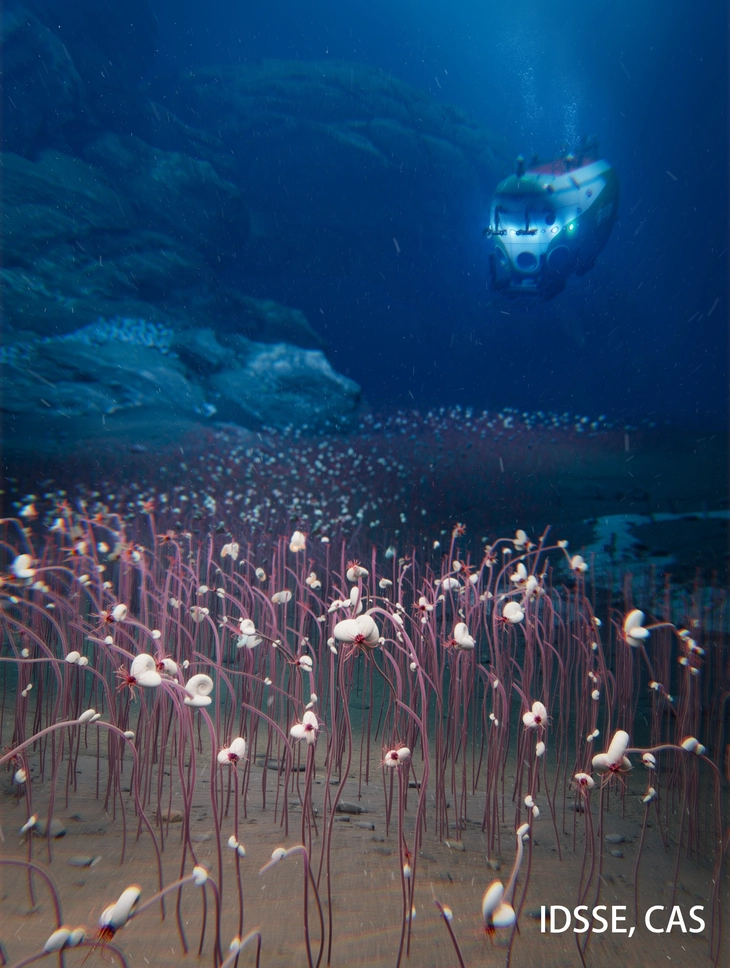
Scientists have discovered living organisms at a depth of nearly 11,000m in the Mariana Trench, but none of them relied on chemosynthesis like this discovery - Photo: CAS (IDSSE, CAS).
Shocking discovery
During a manned submersible expedition to the Kuril-Kamchatka and Aleutian trenches in the Pacific Northwest , scientists recorded a unique marine community living at a depth of 9,533m, more than the height of Mount Everest.
Here, the research team discovered organisms that live by chemosynthesis, that is, using energy from chemical reactions, specifically from hydrogen sulfide and methane leaking from the sea floor, to survive and develop, completely independent of light or food from the water layer above.
In a publication in Nature, researchers from the Chinese Academy of Sciences said chemosynthesis is the process by which organisms produce energy from chemical reactions, without the need for light. This process is often found at hydrothermal vents on the seafloor or where toxic gases such as methane and hydrogen sulfide leak.
“What makes this discovery groundbreaking is not just the record depth, but the incredible richness and diversity of chemosynthetic ecosystems we observed,” said expedition leader Dr. Mengran Du.
"Oasis of life" in the cold darkness
The Kuril-Kamchatka Trench is located off the Kamchatka Peninsula (Russia), stretching for about 2,900km. The Aleutian Trench stretches for 3,400km off the coast of Alaska (USA). This is an area in the hadal zone, where one plate of the Earth's crust is subducted under another during the process of geological tectonic movements.
The environment here is characterized by eternal darkness, extremely low temperatures and strong geological activity, seemingly incapable of supporting life.
But the newly discovered ecosystem shows that life can still exist in surprising ways. The dominant creatures include tubeworms 20-30cm long, red, white or grey, and white clams up to 23cm long. Some of these species may never have been recorded by science.
Hope for life beyond Earth?
In addition to chemical-dependent organisms, the team also noted species such as sea anemones, spoonworms, and sea cucumbers that survive by consuming dead organisms and organic matter that falls from above.
Scientists have previously discovered living organisms at a depth of nearly 11,000 meters in the Mariana Trench, but none of them relied on chemosynthesis like this discovery.
Scientists say the discovery extends the deepest limits at which synthetic life can exist on Earth, and also hints at the possibility of similar life existing in extraterrestrial oceans, where methane and hydrogen are also common molecules.
"At the bottom of the ocean, in isolation and darkness, these creatures still find a way to survive and thrive. This is a wonderful testament to the adaptability of life," said Dr. Du.
Source: https://tuoitre.vn/phat-hien-cong-dong-sinh-vat-song-bang-hoa-chat-duoi-day-bien-sau-9-5km-20250804141728617.htm


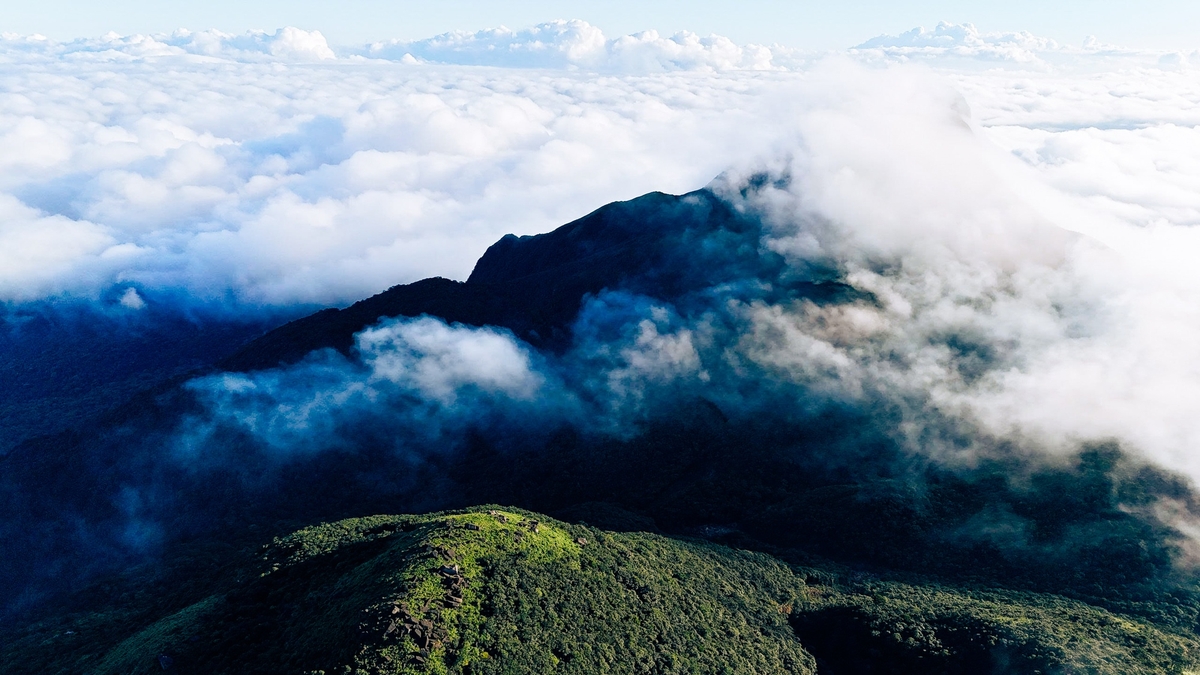
![[Photo] Panorama of the 2025 Community Action Awards Final Round](https://vphoto.vietnam.vn/thumb/1200x675/vietnam/resource/IMAGE/2025/11/15/1763206932975_chi-7868-jpg.webp)
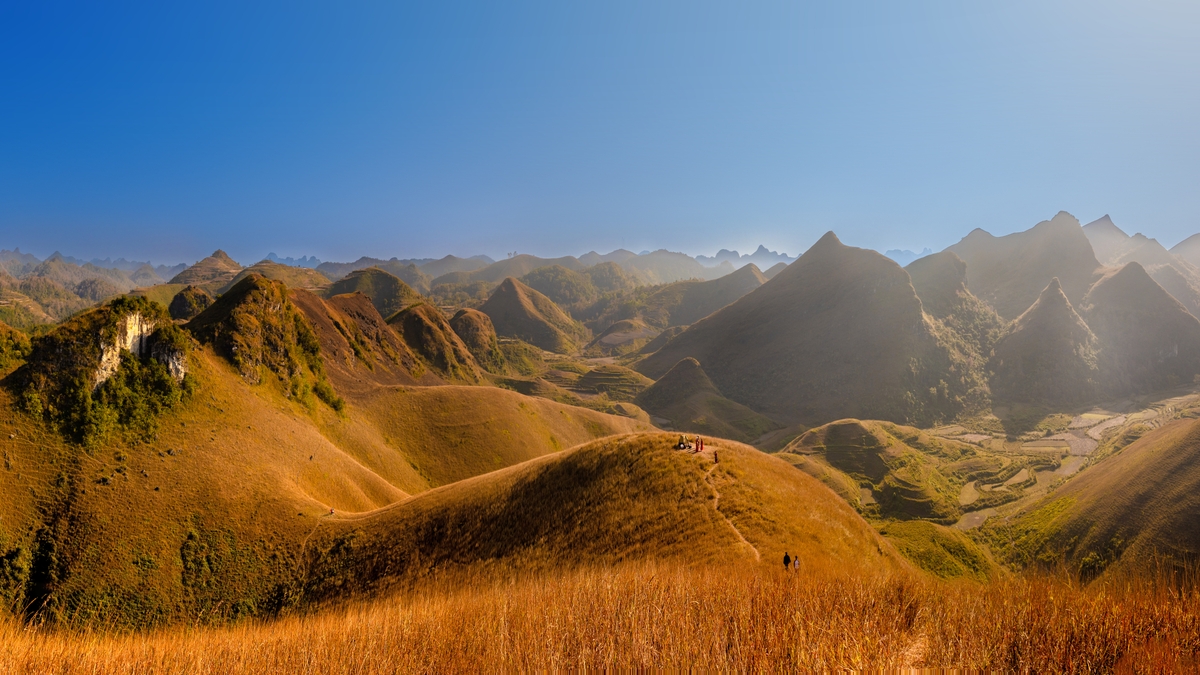
![[Photo] General Secretary To Lam receives Vice President of Luxshare-ICT Group (China)](https://vphoto.vietnam.vn/thumb/1200x675/vietnam/resource/IMAGE/2025/11/15/1763211137119_a1-bnd-7809-8939-jpg.webp)
![[Photo] Prime Minister Pham Minh Chinh meets with representatives of outstanding teachers](https://vphoto.vietnam.vn/thumb/1200x675/vietnam/resource/IMAGE/2025/11/15/1763215934276_dsc-0578-jpg.webp)
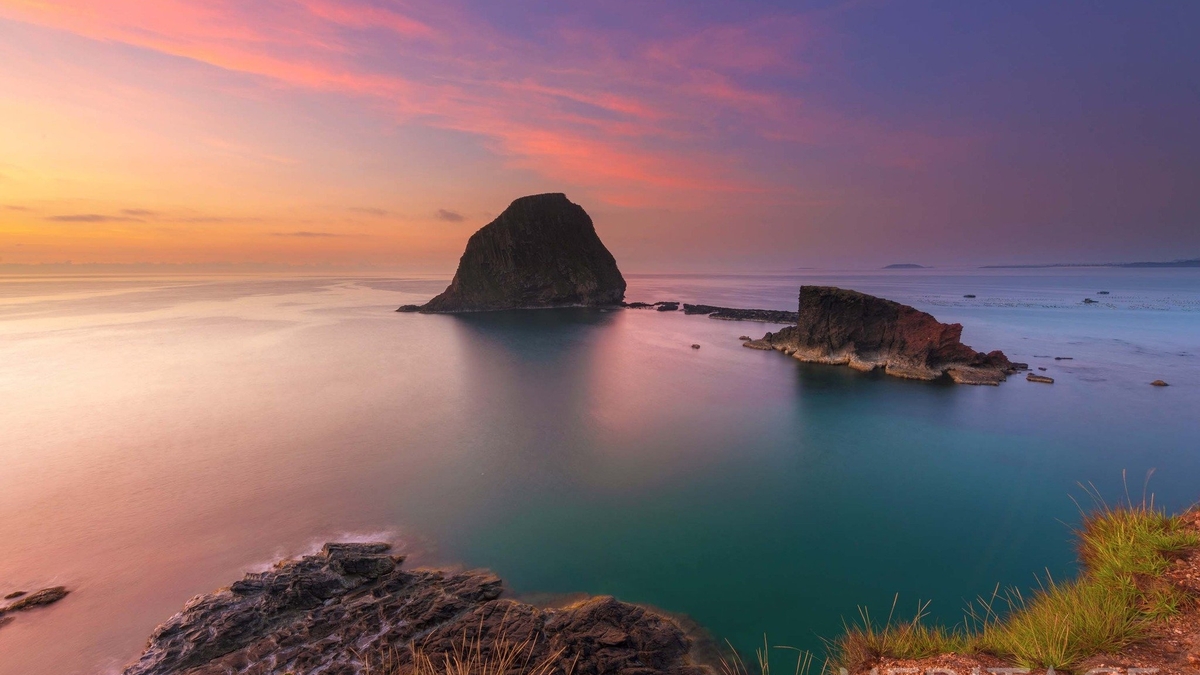



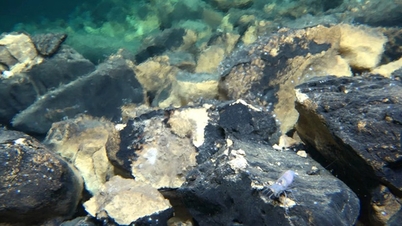












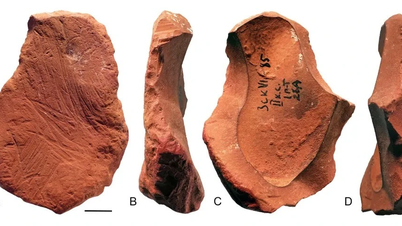
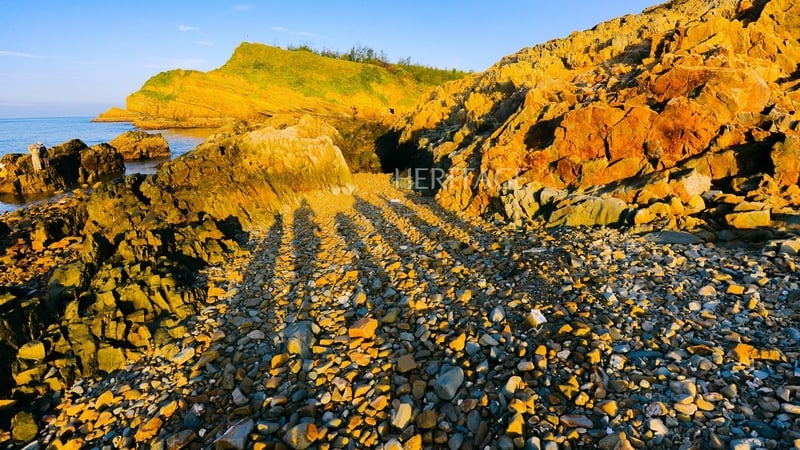


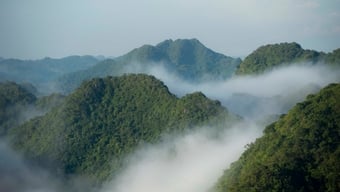






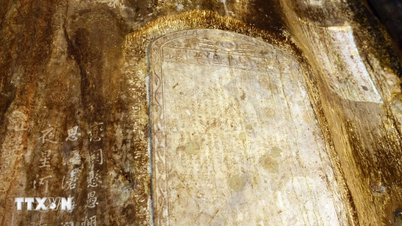





















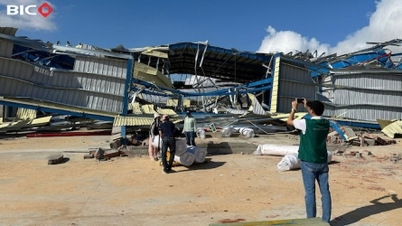













































Comment (0)